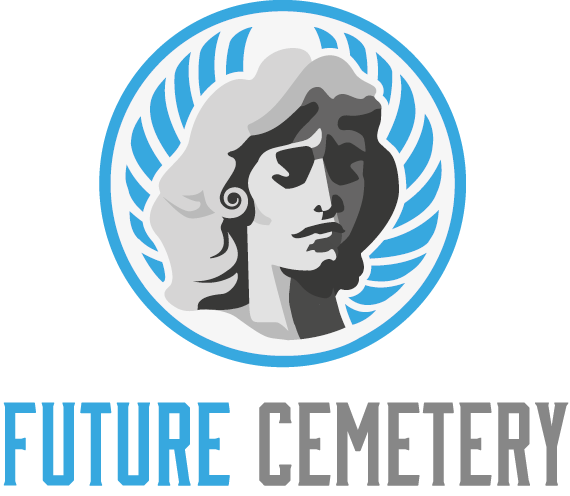Mortuaries focus on preparing the deceased for burial or cremation. They do not get involved in visitations, funerals or remembrance services.
A lot of people confuse mortuaries with funeral homes. They are similar but have distinct differences. This article will cover the basics of what each offers to help you decide which is the best fit for your needs.
What is a Mortuary?
The morgue is where bodies of recently-deceased people are stored. It’s typically located within or adjacent to a hospital or medical center, but it can also be found at retirement homes and hospice care facilities. The morgue features a series of refrigerated drawer-like compartments that are large enough to hold an adult. It’s the location where bodies are kept until they are either identified, an autopsy is performed, or they are prepared for interment.
A lot of people think that mortuaries are more bare-bones operations than funeral homes, but this isn’t necessarily true. Some mortuaries, such as Myers Mortuary in Utah, offer comprehensive funeral services, including embalming and cremation. Other mortuaries, like the Green Cremation Texas in San Antonio, are more focused on body preparation and offer limited funeral planning services. However, both mortuaries and funeral homes have chapels where services can be held. This allows families to get the support they need while celebrating their loved one’s life.
Embalming
Embalming is a process that helps preserve the body. It makes it easier for loved ones to hold viewings and services, gives the body a natural appearance and makes funerals more peaceful for those attending. It also slows decomposition and prevents the spread of bacteria.
During embalming, a professional replaces the body’s fluids with preservative solutions. In some cases, embalmers may use a solution containing formaldehyde. They start with arterial embalming, where they drain the femoral and carotid arteries. Then, they move to cavity embalming where they aspirate abdominal and thoracic cavities. They then treat the internal organs with full strength embalming fluid. They may also make cosmetic restorations such as closing the eyes, resetting facial features and washing hair. Embalmers typically have formal training that includes studying anatomy, thanatology and chemistry along with practical instruction in a mortuary. The training usually leads to a license to practice in the field of embalming. Embalmers often work under the supervision of a licensed funeral director.
Coffining
Traditionally, people who wanted to honor their loved ones often used a casket. This type of box was carried by pallbearers during a funeral procession before being lowered into the ground and covered with dirt.
Mortuary law is a special branch of legal practice that deals with funeral homes, crematoriums and cemeteries. It includes all of the laws that regulate how bodies are handled, how long a body can be held before burial or cremation, and how families can decide to put their loved ones to rest.
While both a mortuary and funeral home offer services related to death, funerals and burials, some people choose one over the other due to their personal preferences or specific needs. For example, a funeral home works closely with families to create meaningful end-of-life services while a mortuary has more limited customer interaction. It is also important to consider the cost differences between these two types of businesses. Many funeral homes and mortuaries offer package deals that can save money in the long run.
Cremation
Mortuary practices are governed by a wide range of federal and state laws, including licensing requirements for embalmers and funeral directors as well as regulations regarding burial and cremation. These laws address such issues as the proper disposal of remains, obtaining signed authorizations from next of kin, and adherence to cemetery rules.
Today, most funerals include a cremation rather than a burial. The body is placed in a cremation chamber (a retort) where intense heat reduces it to a few pounds of white, powdery ash. The ashes can be scattered, kept in an urn or columbarium, or buried on the graveside site.
Aside from promoting the dignity of the deceased, the cremation process advances natural decomposition and accomplishes in hours what might take months or years to occur naturally. This advance, however, is a sensitive area. Some religions disapprove of cremation or other preservation techniques, such as embalming and mummification. The practice is especially controversial in Jewish communities.
